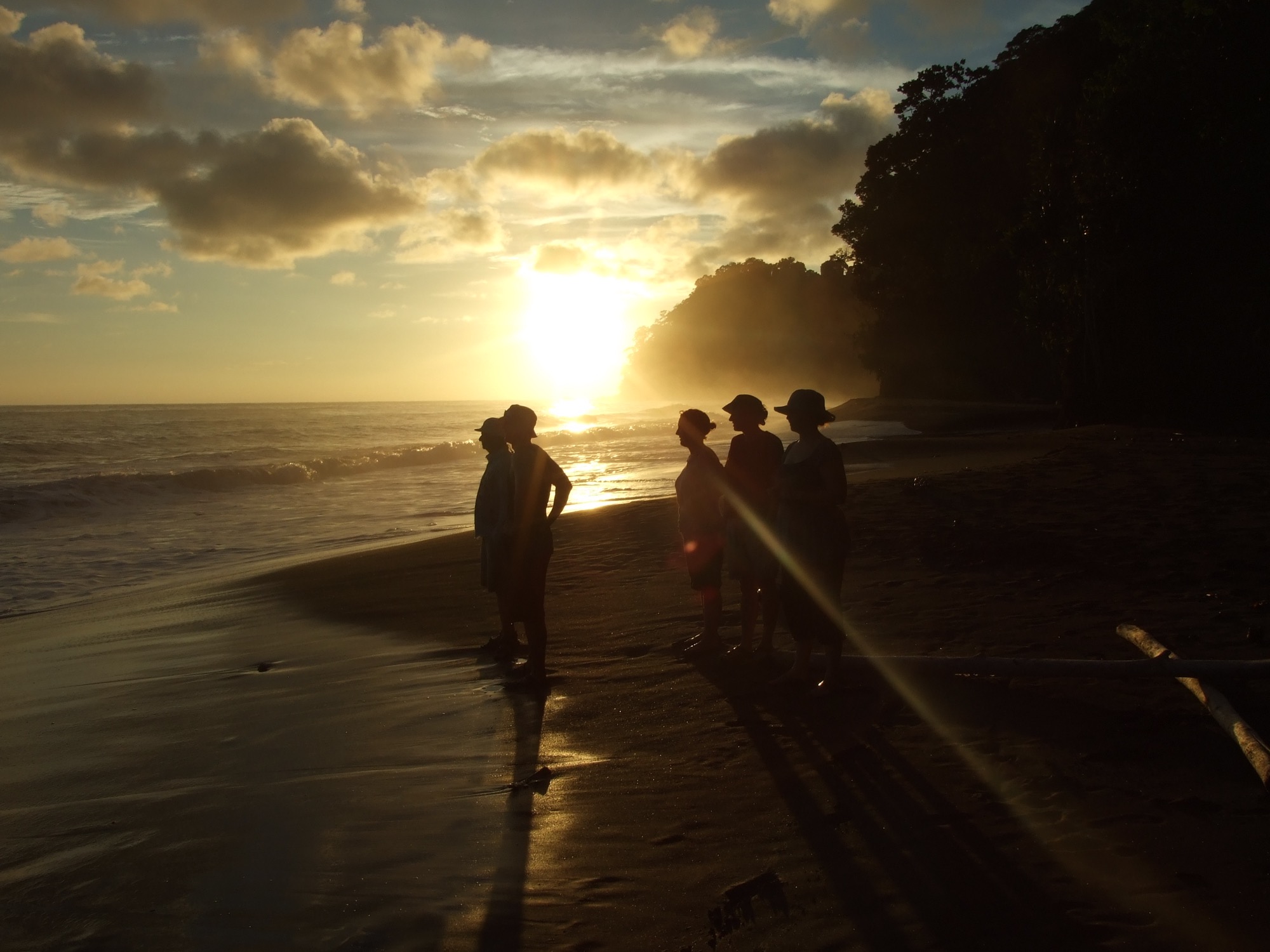I feel very fortunate to have grown up in Kenya. It was experiencing the wonders of Africa as a child that ultimately drove my passion for nature and led me to choose to study marine biology and zoology at university.
Not long after graduating, I started to understand some of the many human-created threats to our marine environment. Many I witnessed first-hand, including reefs being blown up by dynamite (by fisherman simply trying to feed their families) and commercial trawlers with kilometres of nets emptying the ocean of fish and other marine life.
The most devastating event I have seen was one of the first global bleaching events in 1998 in the Philippines. It turned one of the most beautiful and pristine reefs, filled with colourful fish and corals, into a brown rubble graveyard without much life at all. The scientific consensus is quite clear that events like this are a direct result of elevated sea temperatures as a result of global climate change.
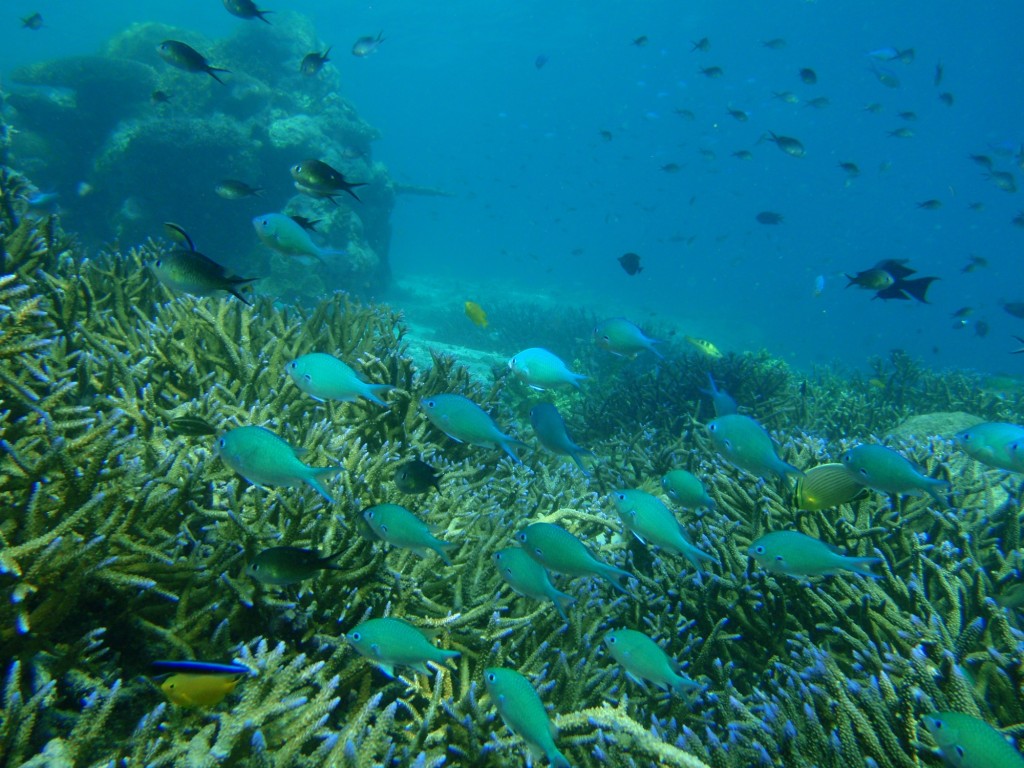
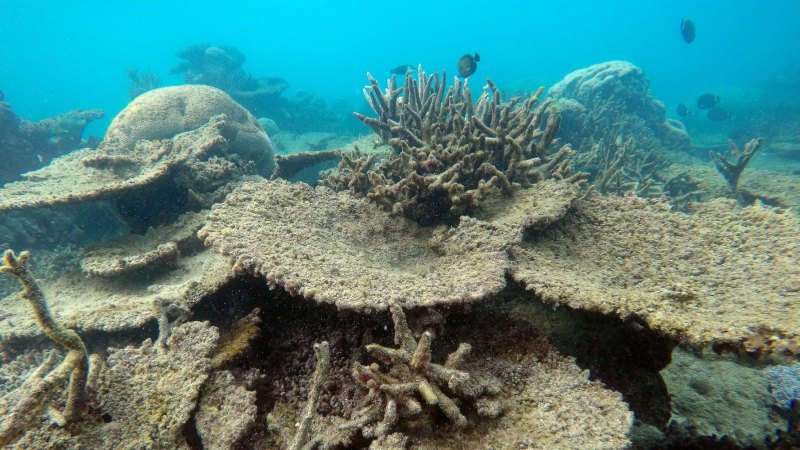
I have since witnessed this same bleaching story repeated over and over in places including on the Great Barrier Reef in Queensland, at Ningaloo Reef in Western Australia and in the Solomon Islands.
I also have seen, again first-hand, turtle nesting beaches and hatching nests completely washed away because of severe storm surges. I’ve seen increasing tide levels wipe out coastal community fishing villages. Both of these have occurred at locations where I had been working hard with a team to create marine reserves or conservation areas. Our efforts felt fruitless.
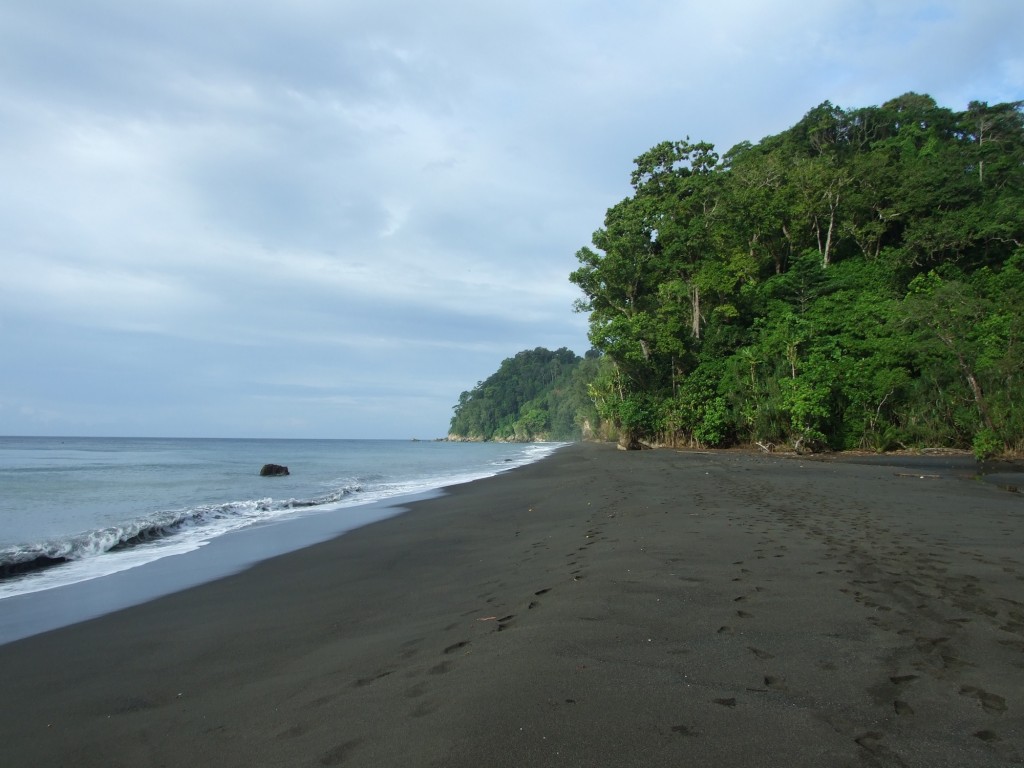
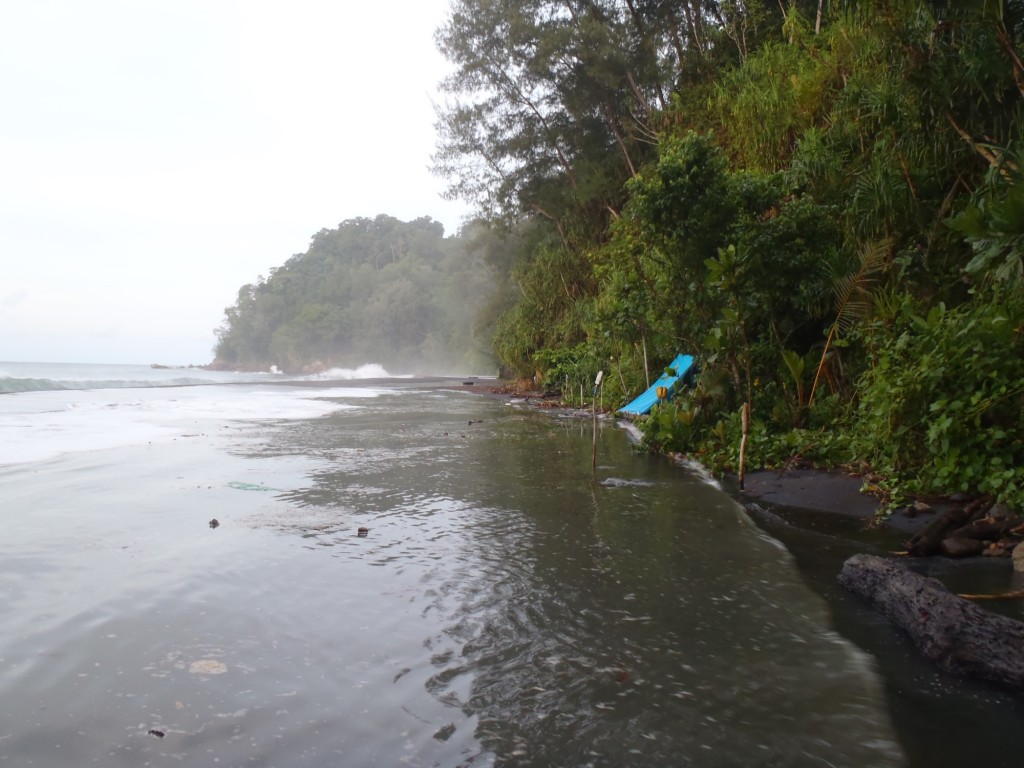
It is when I have seen and felt these things, and the impact they have on local communities, that I have felt most frustrated with those – especially (usually unqualified) politicians and other ‘leaders’ – who still raise doubts about climate change and the authenticity of climate science, and who are failing to make the changes needed to prevent further and much more dangerous levels of global warming.
I spent a majority of my early career in marine park management. While I loved the work, I soon grew frustrated with the bureaucracy of government. I realised that I needed to create my own leadership journey to get exposure across other sectors, including with Global Leadership Foundation, and to work in various leadership roles so I could be in a position to effect change.
What I have come to learn on this journey is how important ‘visibility’ and ‘strategic communication skills/tools’ are – as well as courage. This is what led me directly to here and Homeward Bound and HB4. In my application for HB4, I said I wanted to increase my strategic visibility and communication skills so I could influence global environmental management and policy in a leadership role.
I am lucky to be have been (and continue to be) surrounded by many others who are passionate about the environment, though at times this has caused me to assume – wrongly – that the wider community also care about its future. Seeing the many counterproductive global decisions made, and actions taken, by individuals, companies and countries constantly shows me otherwise. It is this that drives me to want to be able to make change.
What I know I can do as a future leader is influence the way we manage our environment as individuals, countries and globally. My continuing Homeward Bound journey is one step in this direction, and I hope you will continue with me on the way.

